- JP
- EN
Dry Bulker Business
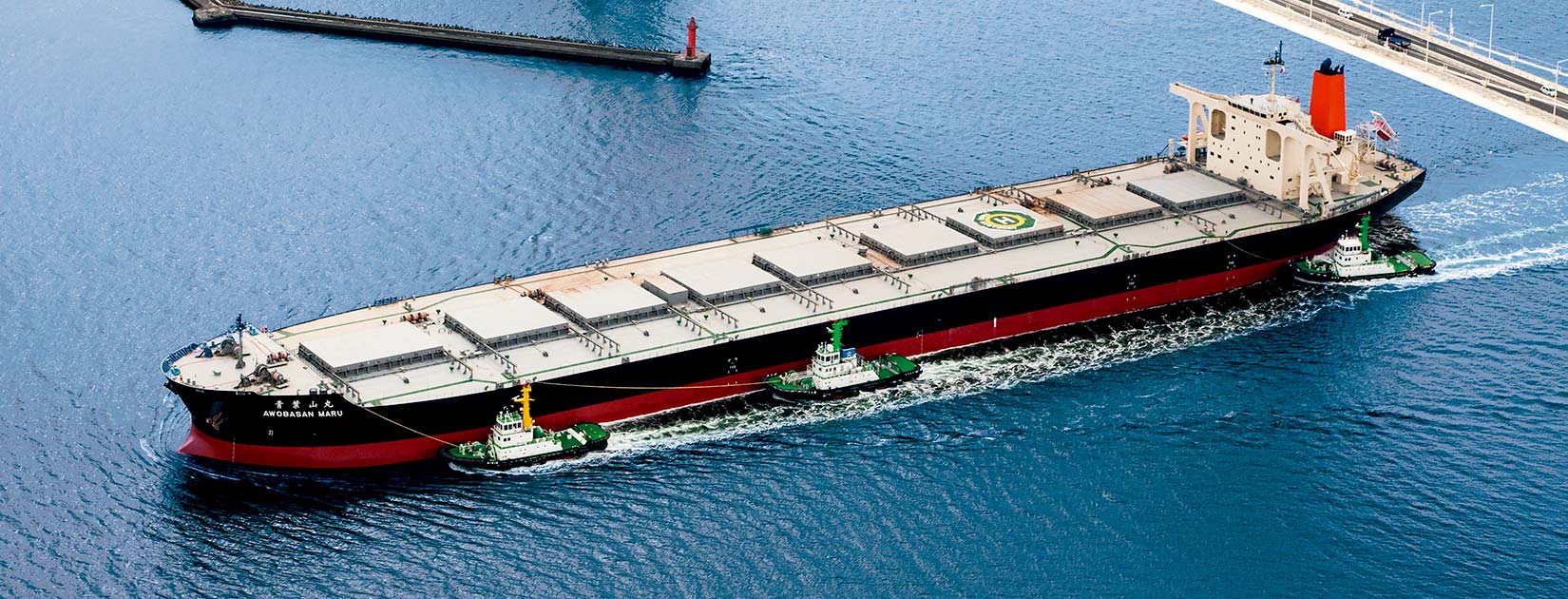
Outline of Services
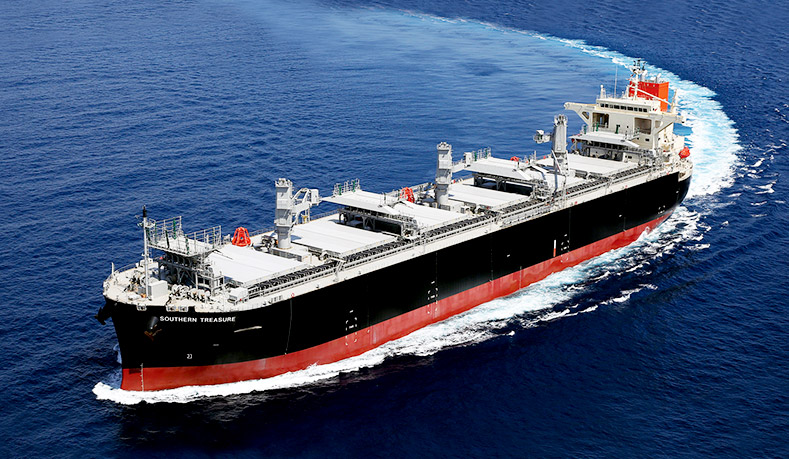
Dry Bulkers Designed for Specific Needs
There are various sizes and types of dry bulkers according to the volume of cargo to be transported and facilities
at ports of call.
Capesize bulkers, the largest dry bulkers in service, can transport various cargoes including iron ore and coal. They got the name "Capesize" because they could not pass through the Panama Canal before its expansion in 2016 and had to travel between the Atlantic and Pacific oceans via the Cape of Good Hope. Among Capesize vessels, the largest class is called very large ore carriers (VLOCs). Overall, these ships are massive, designed to maximize their capacity to load and transport iron ore, which has a high specific gravity, but the holds are narrow to boost the efficiency of loading and discharging.
Panamax bulkers are the largest ships capable of transiting the pre-expansion Panama Canal. They measure up to 900ft (about 274m) long and 106ft (about 32m) wide. They are well suited to transport grain shipped from ports on the Gulf of Mexico to Asia through the Panama Canal, as do Handymax bulkers.
Handymax and Handysize bulkers are equipped with loading/unloading equipment, allowing them to load and discharge cargo at ports that do not have their own facilities. The "Handy" in their names refers to the convenience of being able to load and unload at virtually any port. These bulkers transport a variety of dry bulk cargoes such as grain, minor metals, and steel products, in smaller lots than Capesize and Panamax bulkers.The MOL Group also operates other various specialized bulkers such as woodchip carriers, cement carriers, and heavyweight product carriers.
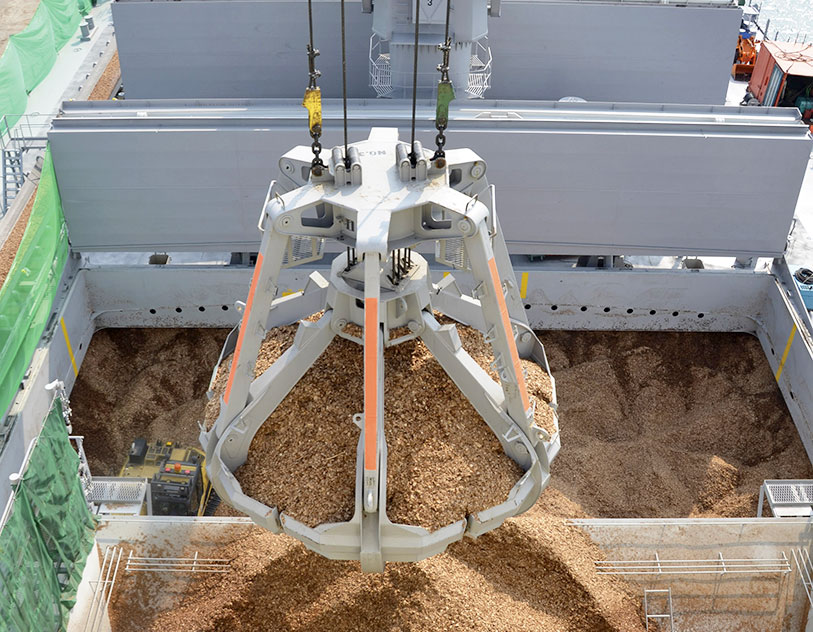
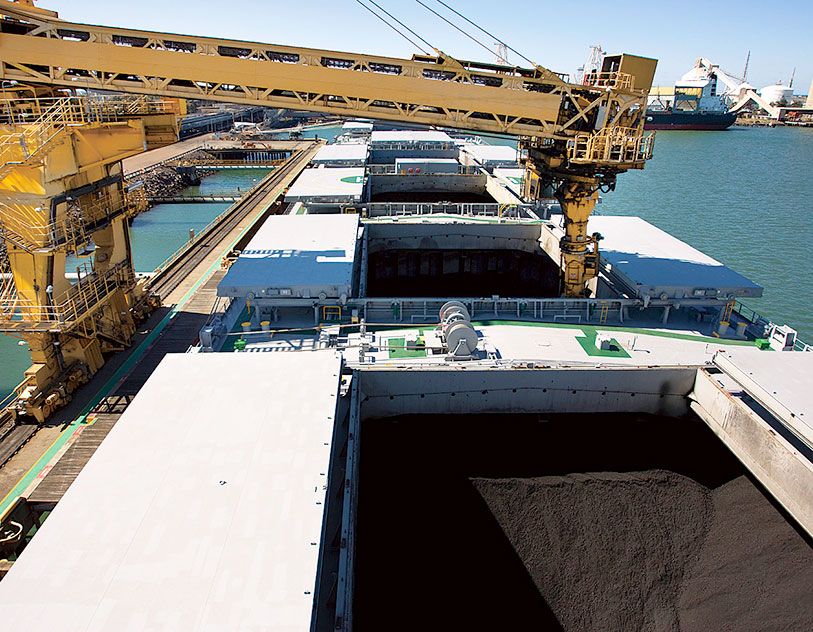
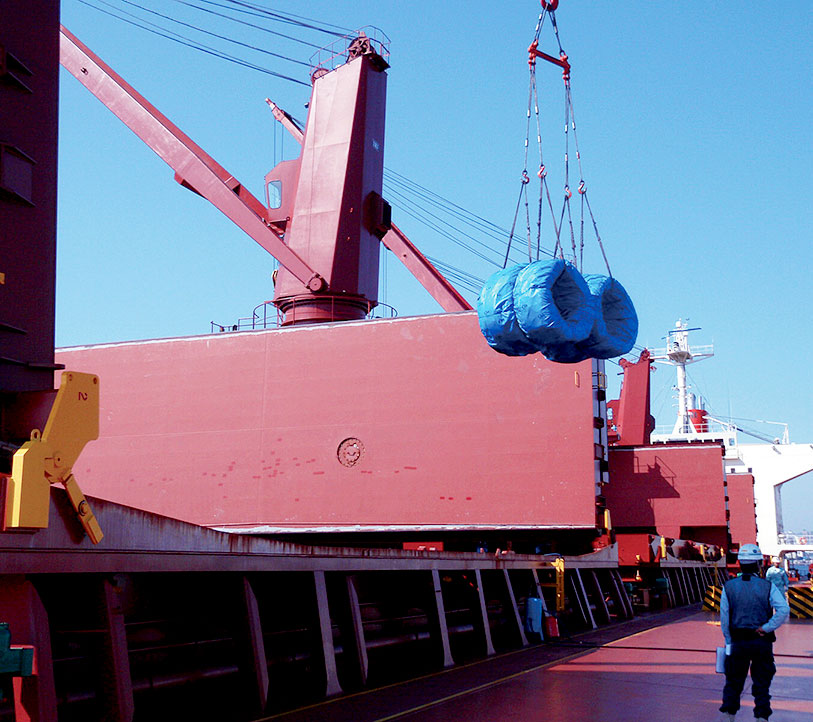
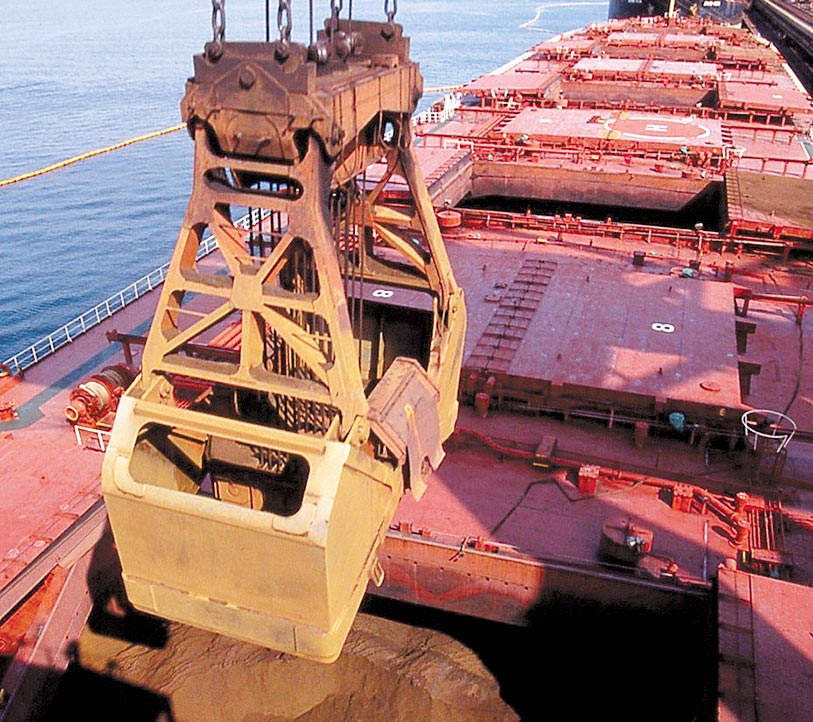
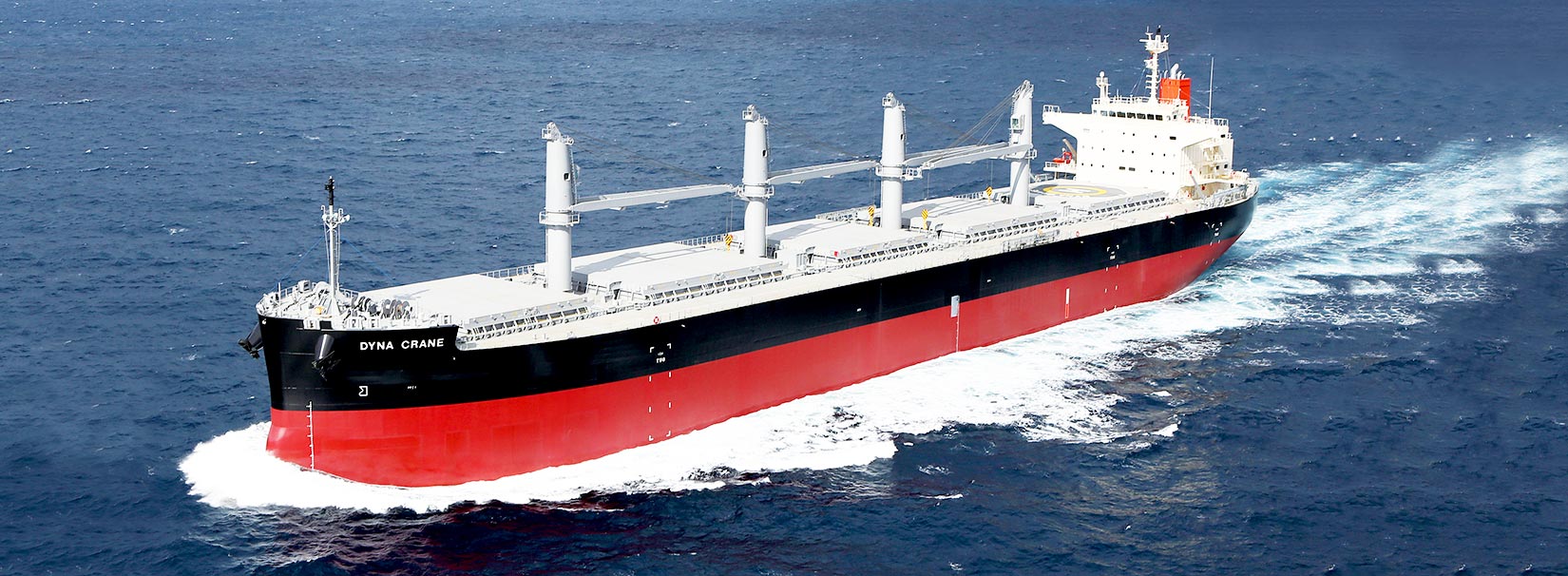
Dry Bulker Sizes
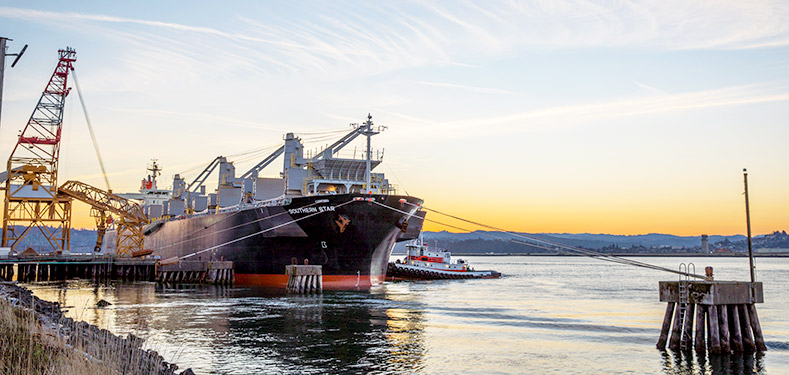
The size used for each service is determined by the transport lot requested by the customer, which depends on various factors such as the volume of cargo to be transported, restrictions at the ports of call, and so on, and the optimal size is selected to meet the lot. Transport lots show a rough trend according to the type of cargo.
The chart at right shows standard combinations of cargo and hull design.
Size Category and Main Transport Cargoes

* Other combinations of size and cargo are possible on a voyage-by-voyage basis.
- Dry Bulker Business
- Tanker Business
- Liquified Gas Carrier Business
- LNG Infrastructure Business
- Offshore Business
- Offshore Wind Power Energy Business
- Containership Business
- Car Carrier Business
- Terminal Business
- Logistics Business
- Real Property Business
- Ferry and Coastal RoRo Vessel Business
- Cruise Business
- Tugboat Business
- Maritime Consulting
- Global HR consulting business



